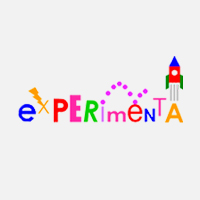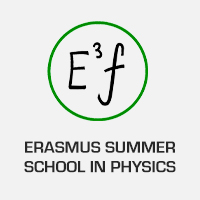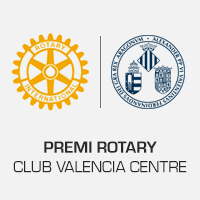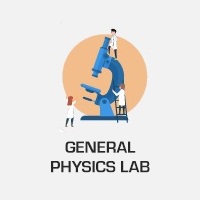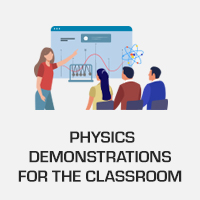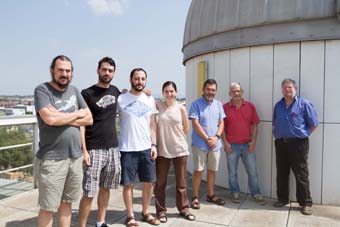
Researchers of the Department of Astronomy and Astrophysics and the Department of Mathematics of the UV, coordinated by José Antonio Font, are members of VIRGO Scientific Collaboration since Friday 1 July. VIRGO installation, located near Pisa (Italy), is the biggest European interferometer detector of gravitational waves.
VIRGO is a Michelson-Morley interferometer composed of two perpendicular arms of three kilometres in lenght. Its astronomical name is associated with a cluster of galaxies composed of around 1.500 galaxies, located in the Virgo constellation, 50 million light years away. The goal of the first version of the instrument was to detect gravitational waves coming from such distances, hence the name. VIRGO detector is located in the European Gravitational Observatory (EGO) and is fundamentally funded by French and Italian scientific organisms, mainly the Centre National de la Recherche Scientifique (CNRS) and the Istituto Nazionale di Fisica Nucleare (INFN), respectively.
In 2006, Holland also joined the Virgo Collaboration through the Nationaal Instituut voor Subatomaire Fysica (Nikhef) aiding at the construction of the interferometer. In 2008, the POLGRAW group from Warsaw and, in 2010, the Wigner Research Centre for Physics of the Hungarian Academy of Sciences (Wigner RCP) from Budapest also joined the VIRGO Collaboration.
The VIRGO Collaboration consists of an international team of researchers, engineers and technicians who work together in the construction, validation and operation of VIRGO interferometer and its updating, VIRGO advanced detector, with the objective of developing the emerging field of physics and astronomy of gravitational waves. Today, there are more than 250 members in the VIRGO Collaboration, distributed in different institutions from five European countries –France, Italy, Holland, Poland and Hungary–.
Since July 2016, Spain is going to be the sixth country to be included in the list. VIRGO Collaboration, in turn, has collaboration agreements with the LIGO Scientific Collaboration (LSC), assigned to two American LIGO interferometers, which are responsible for the two historical gravitational waves recently detected, GW150914 and GW151226, an unprecedented achievement.
UV’s team, the only VIRGO national team, will contribute to the collaboration with the development of algorithms for the analysis of gravitational signs and astrophysical sources parameters estimation, until the generation of gravitational radiation patterns via numeric relativity techniques. It will also pass by the development and application of numeric methods for the detection and classification of instrumental noise in advanced detectors.
The advanced VIRGO detector will start to work in the second half of 2016. Its observations will complement the ones by the advanced LIGO detectors, contributing from Europe to the development of the emerging Astronomy of graviotational radiation. The next observing campaign of the LIGO (LIGO 02) detectors will be simultaneous to the first observing campaign of the advanced interferometer VIRGO (VIRGO 01), which will increase the observing capacity, as well as the information which might be extracted from the potential new detections.
At present, Spain has an important representation in the area of gravitational waves astronomy. Alicia Sintes, of the Universitat de les Illes Balears (UIB), coordinates the only Spanish group which is member of LSC. Carlos F. Sopuerta of the Instituto de Ciencias del Espacio (ICE; CSIC-IEEC) coordinates the only national group which participates in the succesful LISA Pathfinder spatial mission of the European Space Agency (ESA), a pioneer mission of the future of the gravitational waves space observatory eLISA. Besides, professor Sopuerta, together with researchers Sintes y Sascha Husa (UIB), take part in the science team of Einstein Telescope, a European project which consists in a third-generation laser interferometer detector.
José Antonio Font, from the UV, coordinates the only national group which takes part in the VIRGO Collaboration. Husa, Sintes and Font are, together with their teams, members of the Virgo-EGO Scientific Forum (VESF), of which Font participates in the field of relativist astrophysics and cosmology management board.
Moreover, the Spanish astronomy community of gravitational waves is articulated aroung the Red de Excelencia de ondas gravitatorias (REDONGRA( funded by MINECO. This network, coordinated by Carlos F. Sopuerta, is composed of the mentioned groups from the ICE, UIB and Universitat de València, as well as groups from the Universitat de Barcelona, Universitat Politècnica de Catalunya, Universidad de Murcia, Universidad de Granada and Euskal Herriko Unibertsitatea. One of the aims is to write a roadmap to guide future Spanish activities in gravitational waves astronomy, which is expected to be useful for the Spanish participation in great international project within this field.
Virgo web: http://www.virgo-gw.eu/








